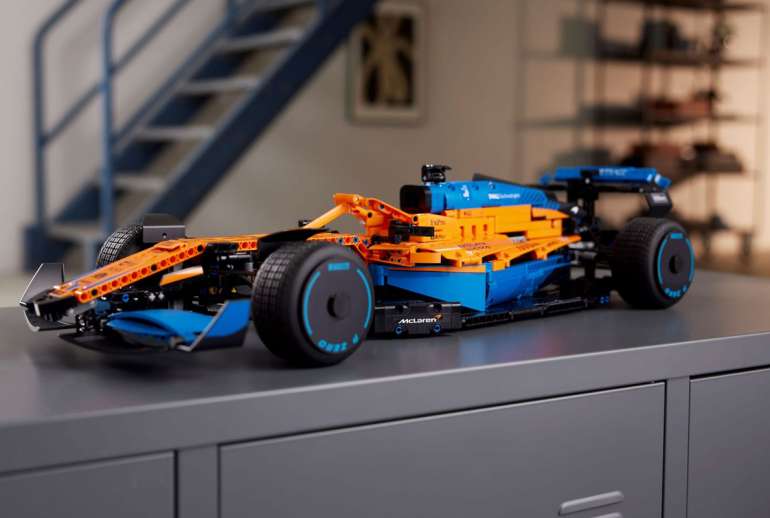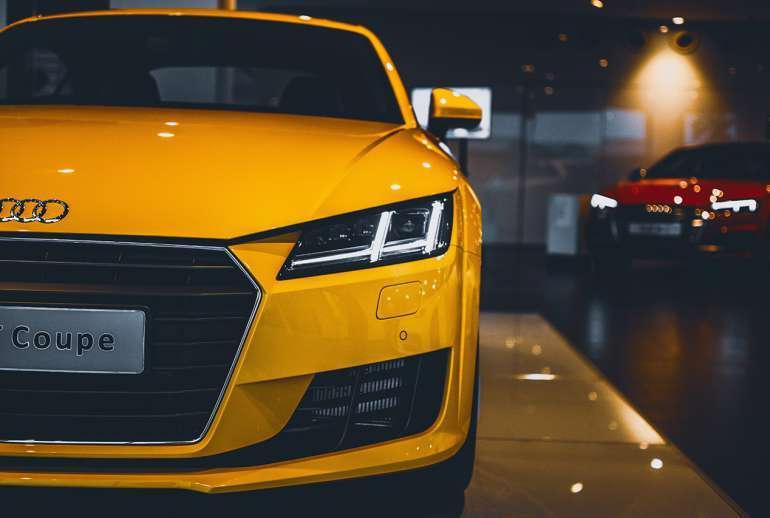Move over, Veyron Super Sport! The Bugatti Chiron is now the newly crowned speed king. It recorded a top speed of 304.77-mph at Volkswagen’s Ehra-Lehsein proving ground in Lower Saxony, Germany. The record-breaking Chiron prototype was piloted by veteran British racing driver Andy Wallace.
This makes the Bugatti Chiron faster than any Koenigsegg, Hennessey, and SSC known to man.
The Chiron in the video is NOT a stock Chiron
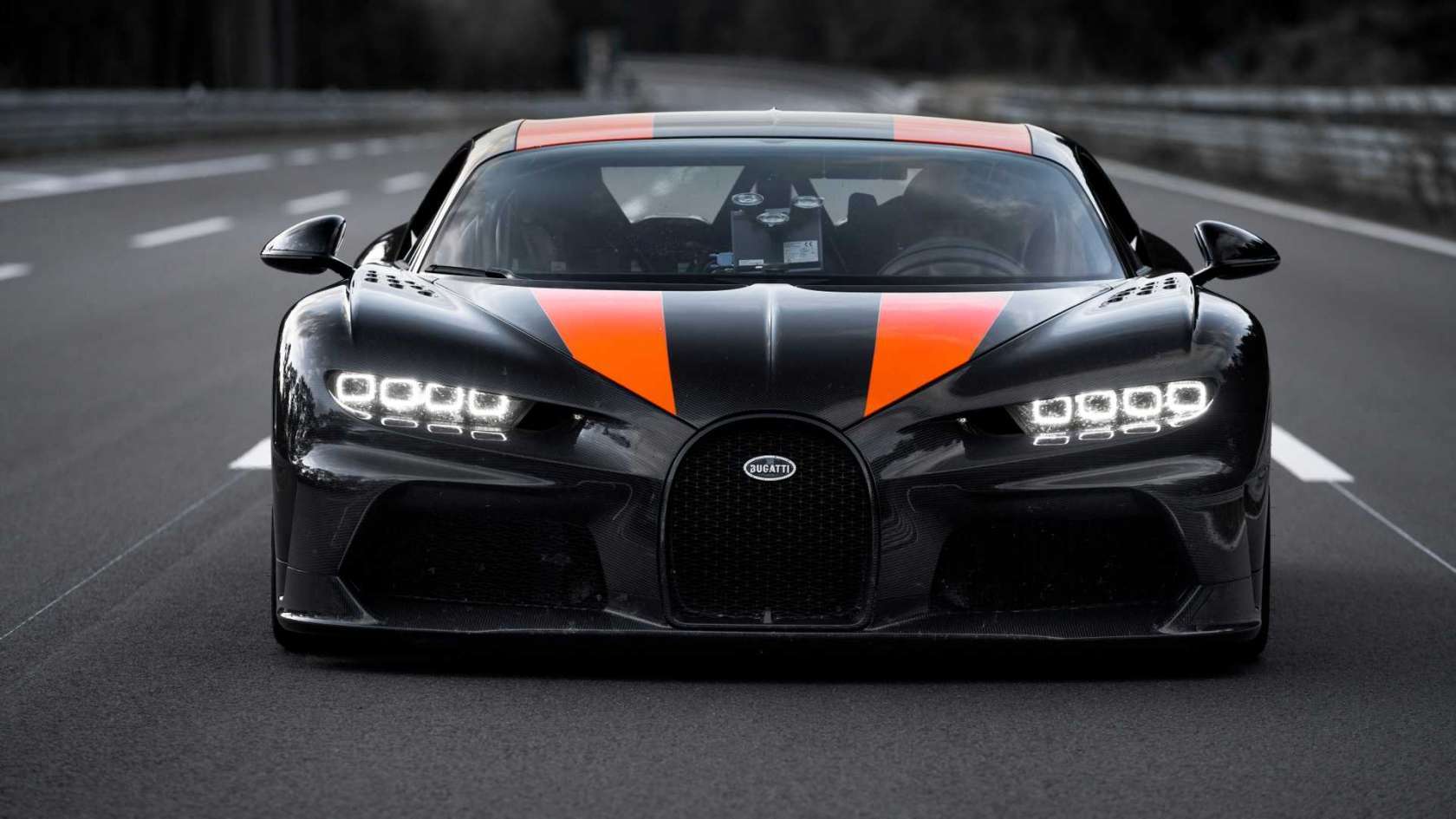
Eagle-eyed viewers will notice the absence of that magnificent hydraulic rear wing, the same thing you’ll find in a bone-stock Bugatti Chiron. In fact, the ‘speed tail’ rear-end styling is reminiscent of the $9M Bugatti Centodieci, which was inspired by the luscious wedge-like styling elements of the Bugatti EB110 supercar.
So, instead of relying on that awesome rear wing (which also acts as an air brake), Bugatti engineers got rid of it and elongated the tail of the vehicle by nearly ten inches. This not only improves aerodynamic stability at 300 mph, but it also gave the Chiron a more purposeful stance when viewed from the sides and the rear of the vehicle. With the factory rear wing, the standard Chiron is electronically limited to 261 mph.
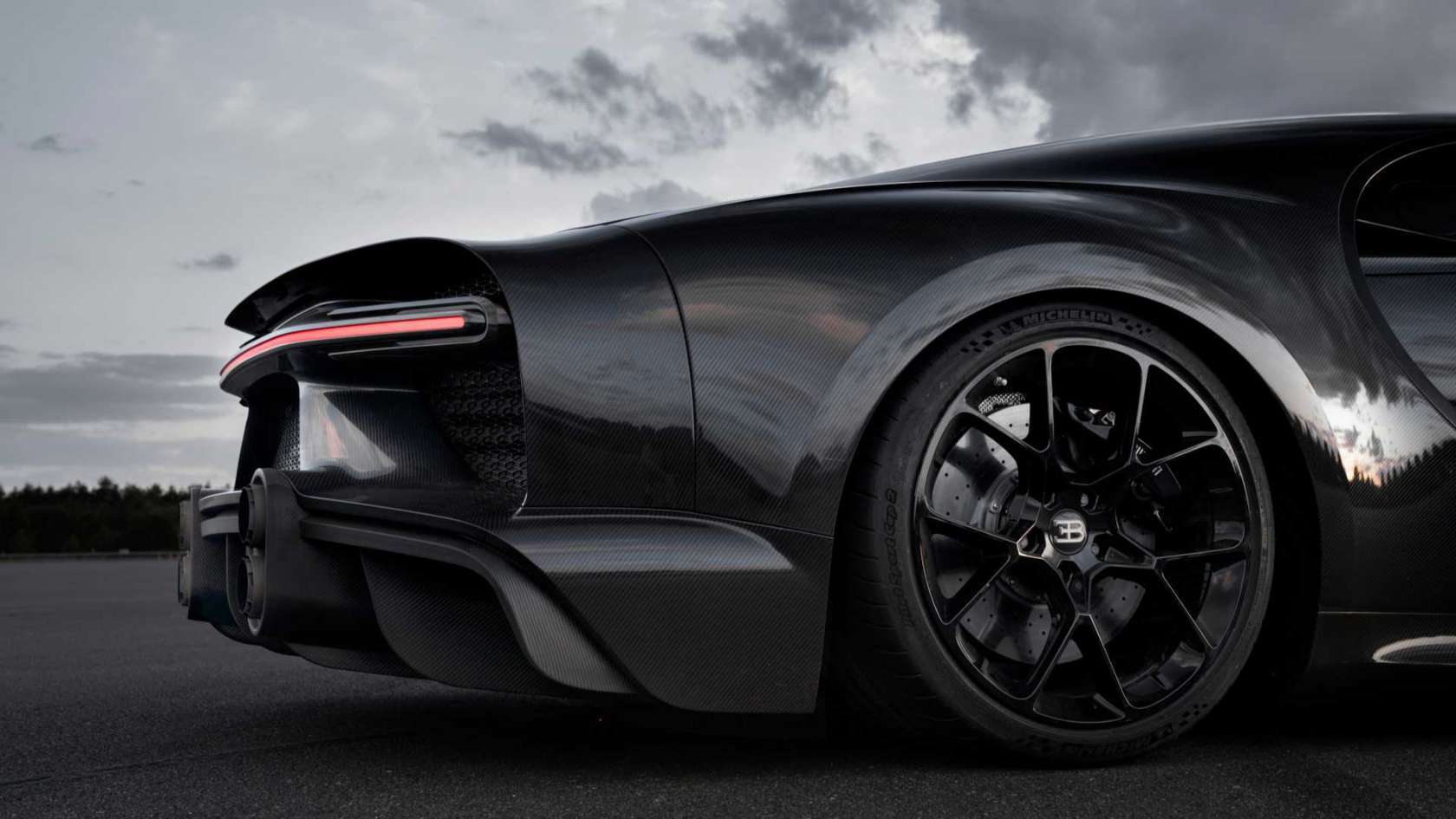
Apart from the sloping tail, the record-breaking Chiron has lowered suspension and exhaust tips that extend further back. The latter prevents the exhaust fumes from interrupting the smooth airflow as the car slices the wind.
It’s also packing more power from the standard W16 motor
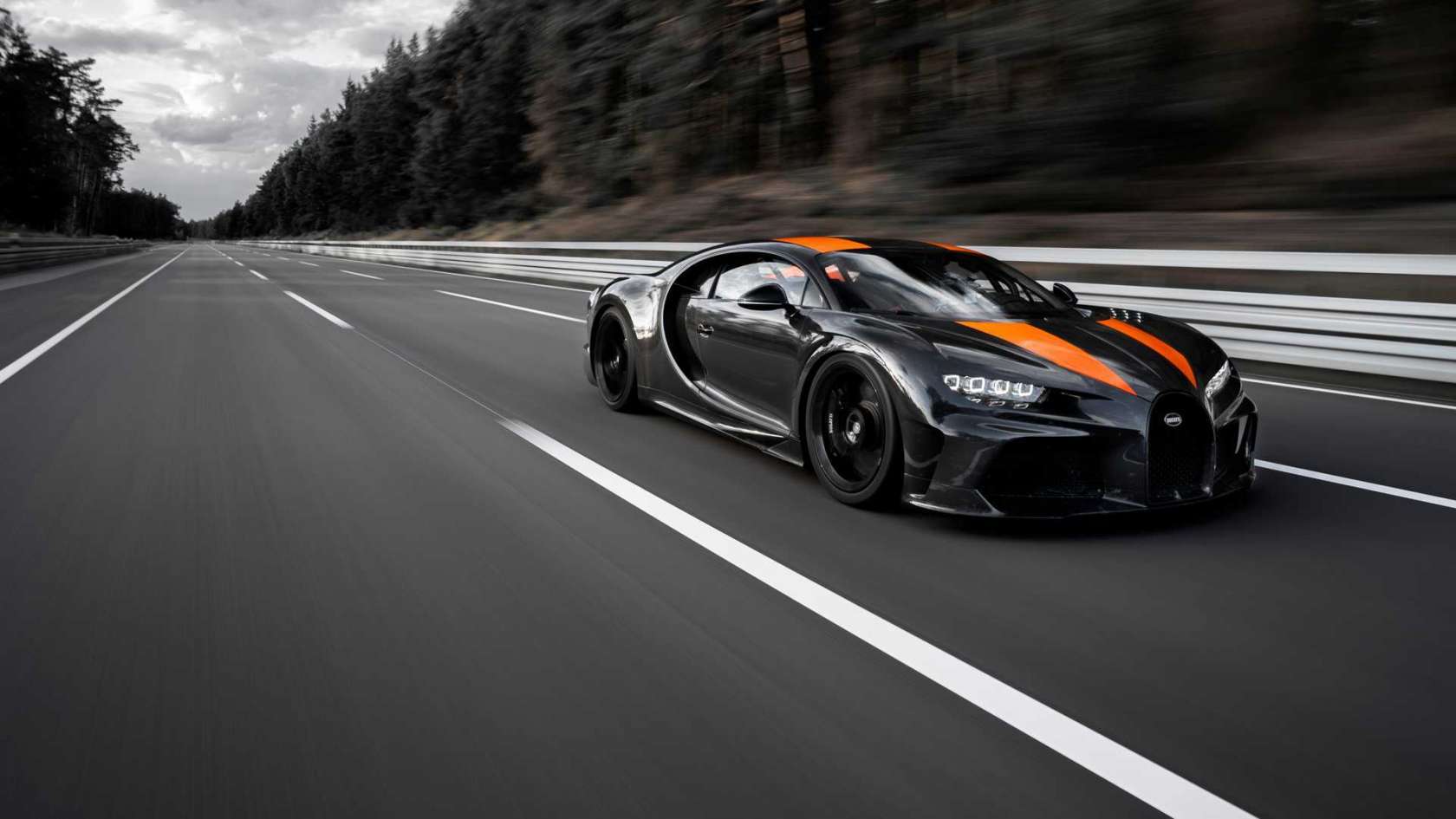
We’re not saying the standard Chiron is lacking in power. For all intents and purposes, the Chiron can outpace and outrun anything with wheels on this planet. But having a 1,500-horsepower quad-turbocharged W16 motor churning out a mind-boggling 1,180 pound-feet of torque is not enough, most especially if you’re planning to breach the 300-mph holy grail.

For this purpose, Bugatti engineers went to work and squeezed out an extra 78 horsepower from the W16 engine. The 300-mph Chiron is packing 1,578 horses, giving it that extra bit of oomph as the car pushes past 299 mph. However, the speed tail Chiron is using the same seven-speed dual-clutch automatic gearbox and all-wheel- drivetrain as the stock version.
Bugatti partnered with Dallara and Michelin to make the 300 mph dream a reality
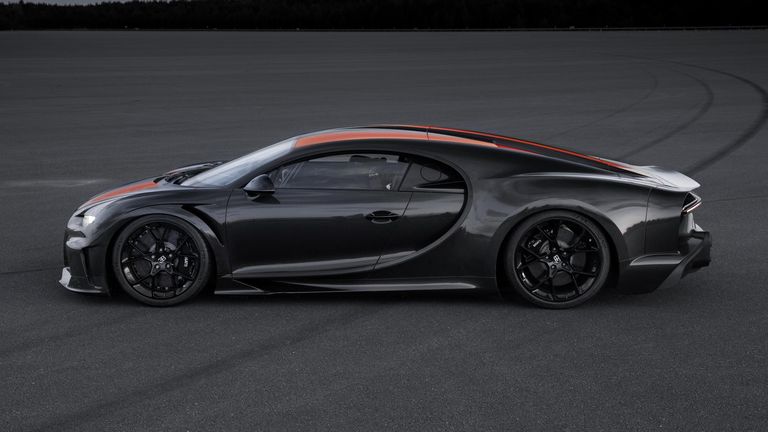
The Guinness Book of World Records recognizes the Bugatti Veyron Super Sport as the fastest street-legal production car in the world. That version of the Veyron has a top speed of 267.8 mph (431 kph). However, the Koenigsegg Agera RS and Hennessey Venom GT recorded top speeds of 270 mph and 301 mph, respectively.
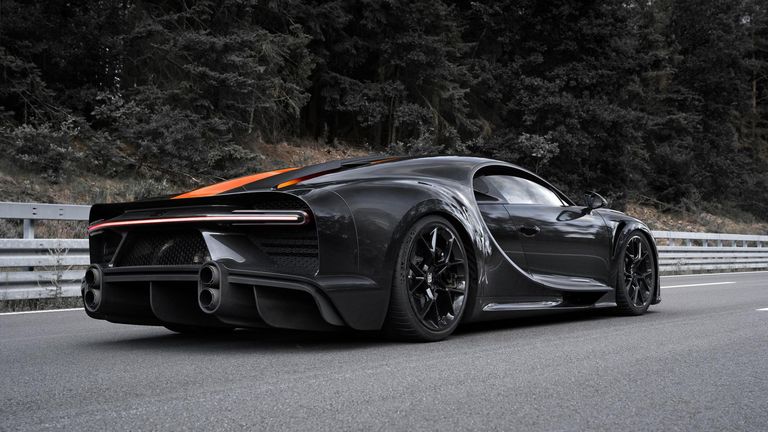
In order for Bugatti to take back the crown, the Chiron needs to do better than 301 mph, which it did in spectacular fashion. Bugatti’s been working closely with Italian chassis manufacturer Dallara and French tiremaker Michelin since early 2019 to hammer in the final specs of the record-breaking Chiron. Mind you, top speed runs are not just about horsepower. The tires, chassis, and aerodynamics are huge factors as you approach ridiculous speeds.
The result of all this is a certified top speed of 304.773 mph
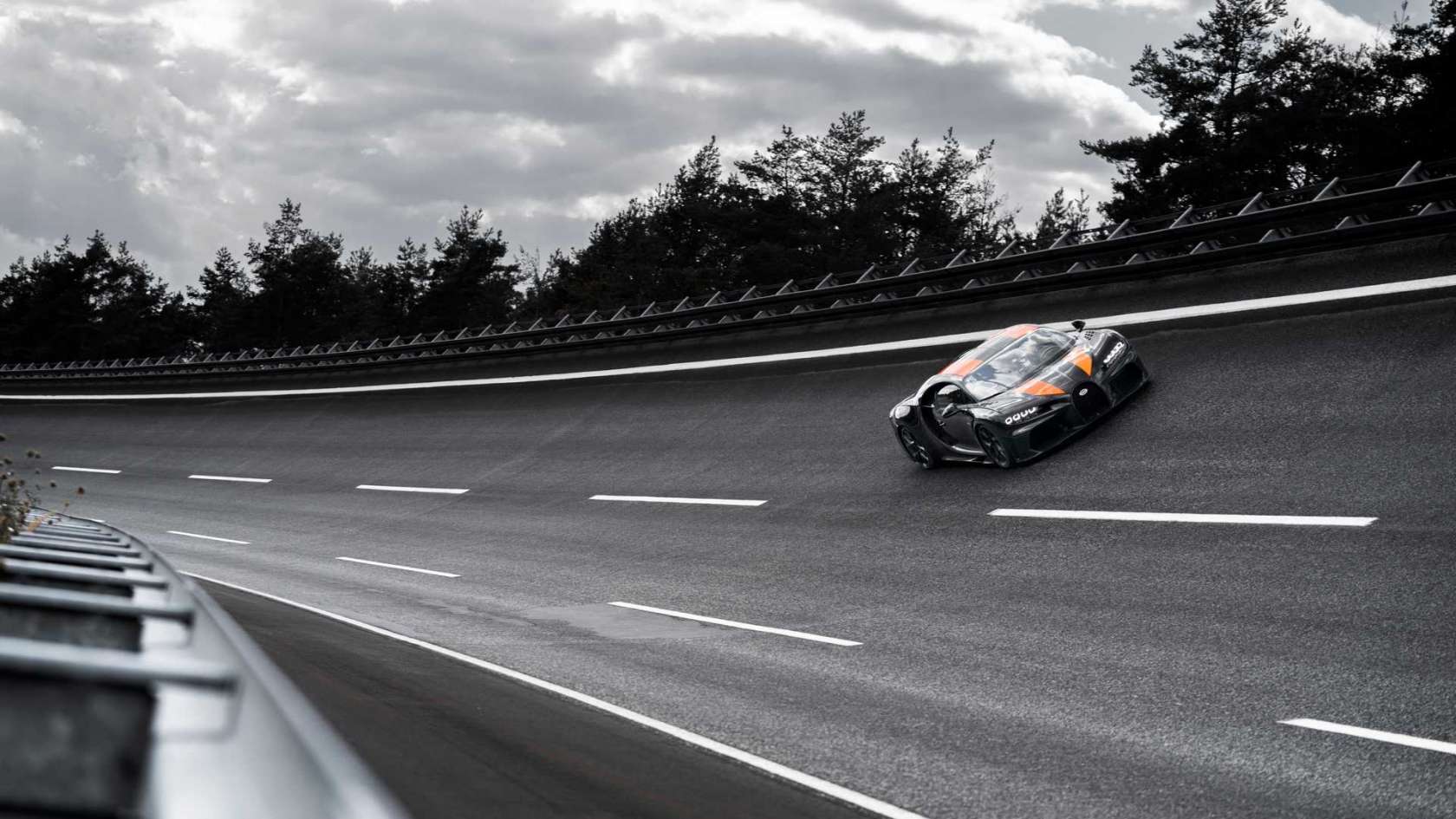
The team spent four days in Ehra-Lessein and were only able to reach a peak speed of 299.8 mph (482.5 kph). Determined to break through the 300-mph barrier, the stars aligned as the car rushed to 304.77 mph (490.48 kph), which clearly a new speed record for a production-based automobile.
In fact, the Chiron went terribly fast it broke the telemetry system that sends data from the car to the curious team of engineers waiting in the sidelines. Everyone thought the Chiron did less than the desired 300 mph top speed. When Andy Wallace stopped the car near the pit lane, it was only then the engineers realized what they did was going straight to the record books.
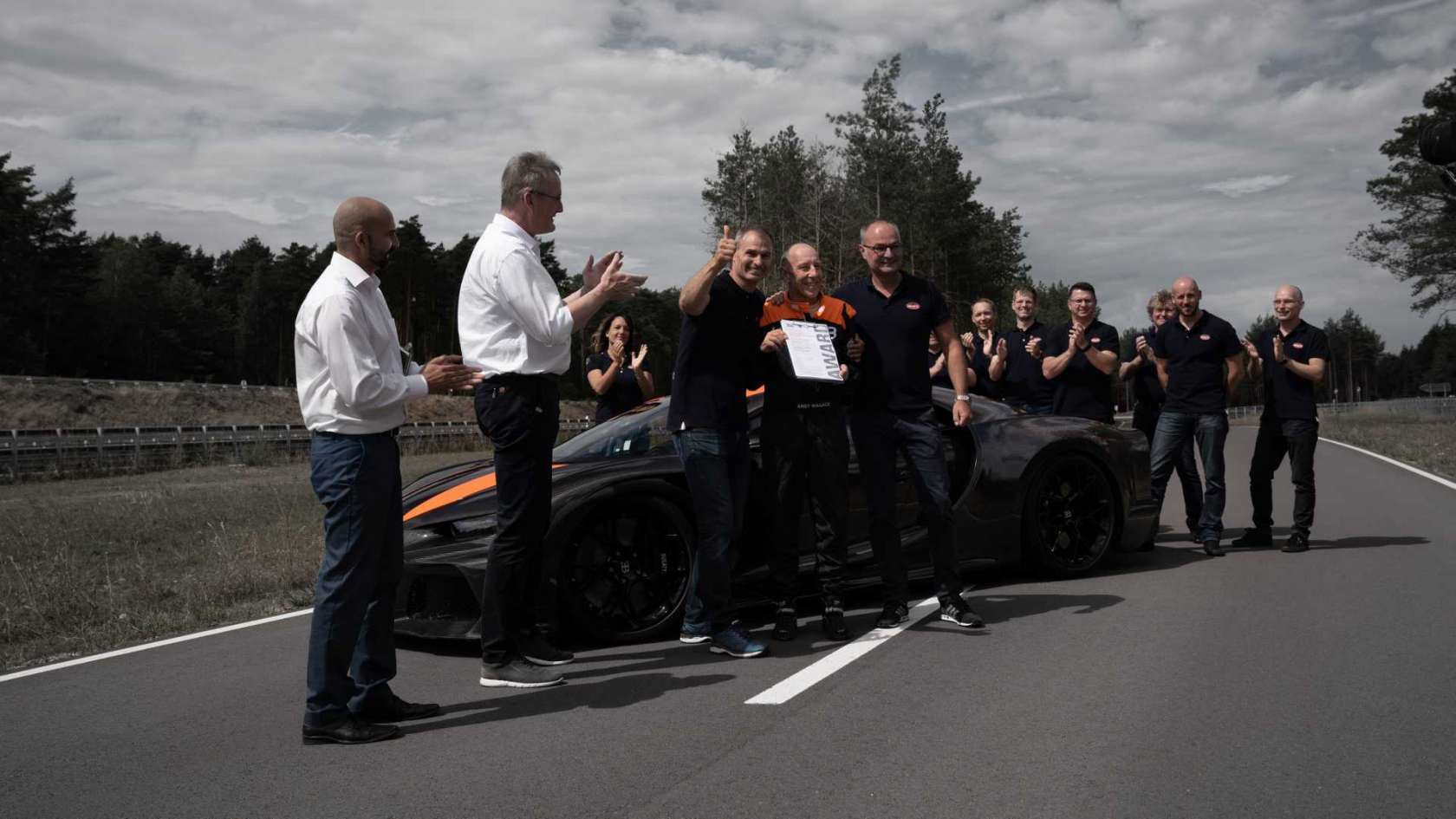
On that note, congratulations to the whole team at Bugatti for breaking the production car speed record. However, we can’t help but wonder what Hennessey and Koenigsegg are thinking about as they watched the Chiron explore the 300-mph realm.

Here’s a suggestion: why not aim for 310-mph (500 kph) next time?


